News
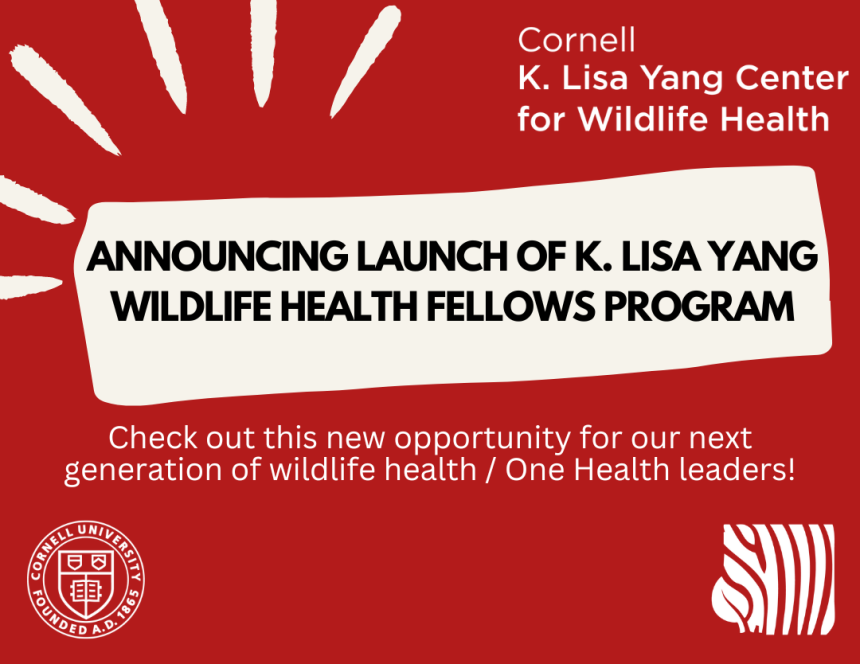
Announcement
May 15, 2024
Check out this new opportunity for our next generation of wildlife health / One Health leaders!

May 08, 2024
By day, Victoria Campbell is digital content manager at the Cornell Lab of Ornithology, working on the lab’s websites and social media. But in her free time – every moment of it – she’s a devoted caretaker to bats in need.
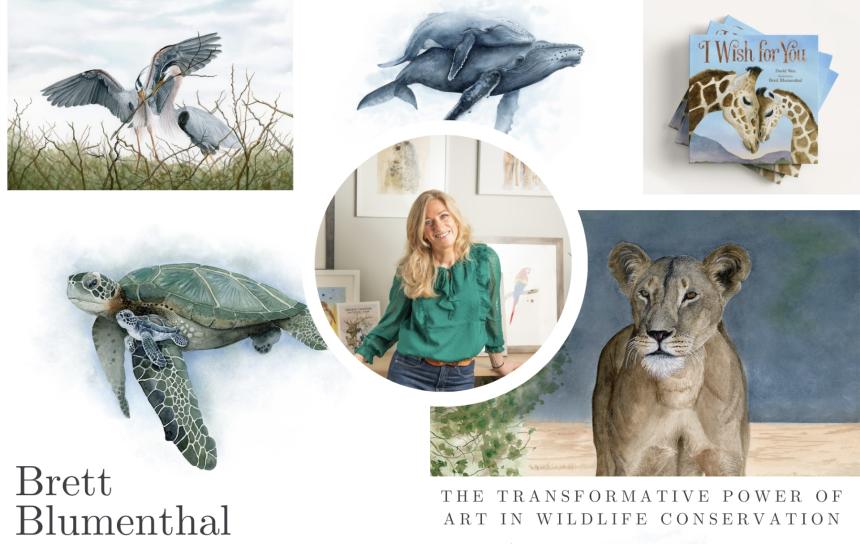
Video
May 06, 2024
Cornell alumna Brett Blumenthal BArch ’96, MBA ’04, gave an inspiring talk on "The Transformative Power of Art in Wildlife Conservation," hosted by the Cornell University College of Veterinary Medicine, the Cornell K. Lisa Yang Center for Wildlife Health, and the Zoo and Wildlife Society.
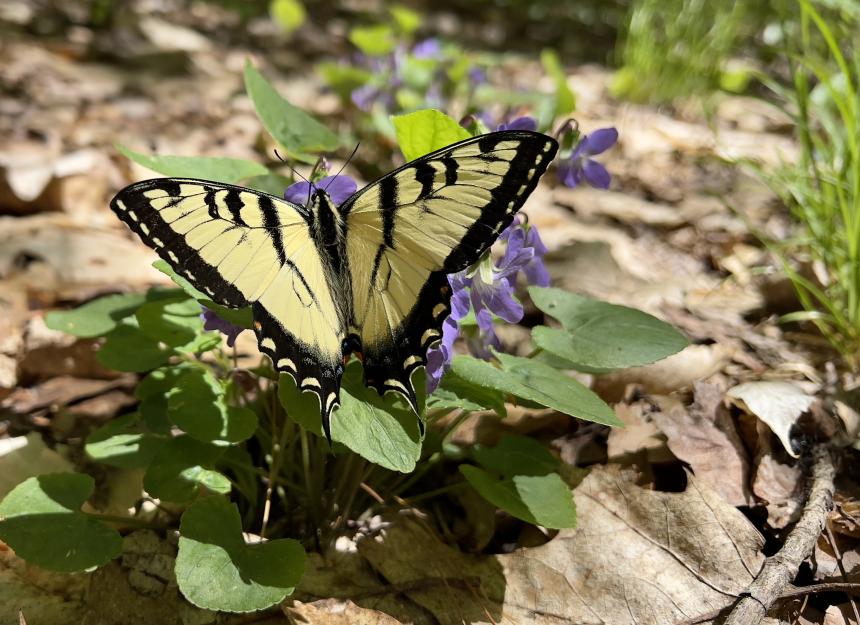
April 29, 2024
Conservation may seem like something that scientists do to protect species that many people only ever see in zoos. But conservation can happen everywhere, such as in your backyard. Cornell's Dr. Krysten Schuler weighs in on how people can help.
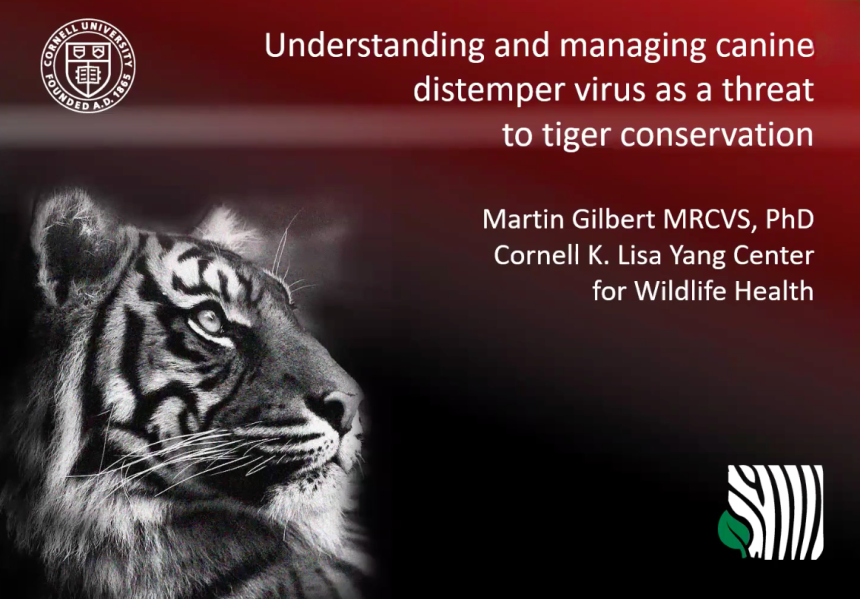
Video
April 26, 2024
Cornell's Dr. Martin Gilbert gives a presentation on "Understanding and Managing Canine Distemper Virus as a Threat to Tiger Conservation" at Cornell University's Department of Natural Resources and the Environment in March 2024.
Blog
April 24, 2024
As a former undergraduate researcher and now postgraduate research technician with the Cornell Wildlife Health Lab, I have mostly worked on a study of environmental contaminants in hunter-harvested waterfowl....
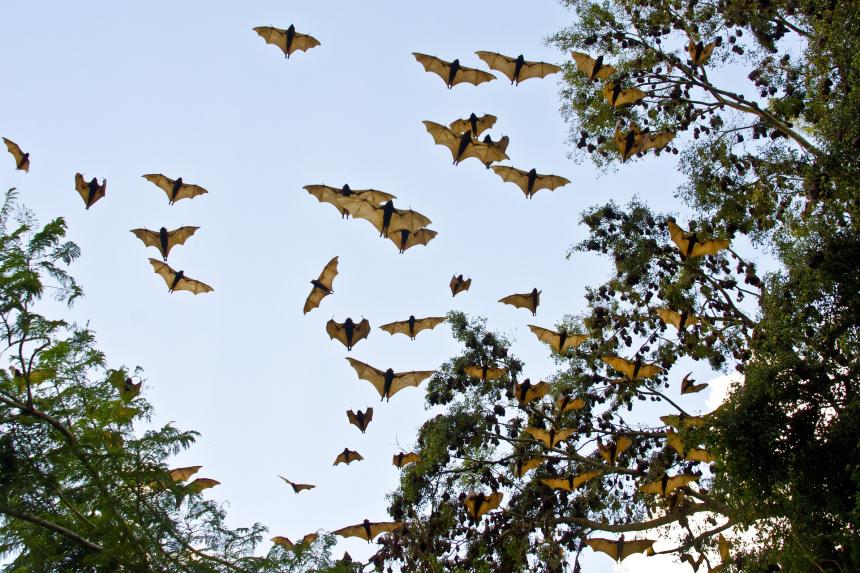
April 22, 2024
In a new perspective paper in Nature Communications, Cornell's Dr. Raina Plowright and a team of ecologists, infectious disease scientists and policy experts have distilled their collective observations into three recommendations to prevent spillovers and halt epidemics and pandemics before they even start.
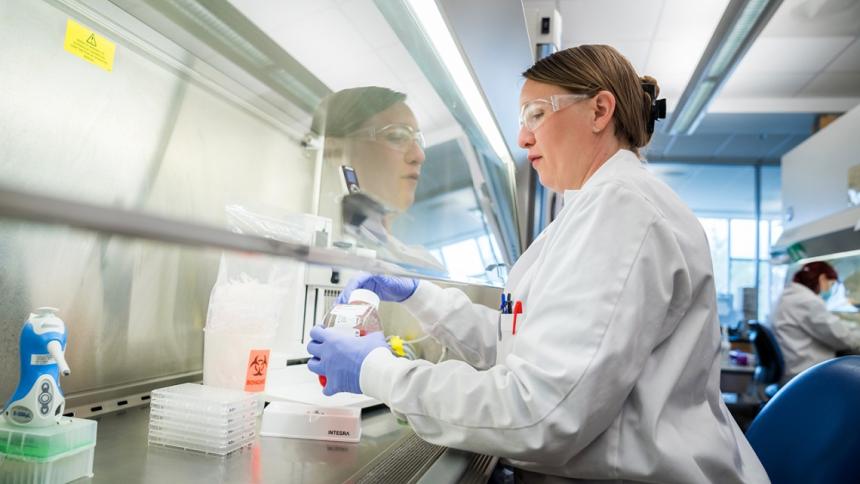
April 19, 2024
Cornell virology experts are sequencing the bird flu virus that recently affected cows in Texas, after work at Cornell and two other veterinary diagnostic laboratories found the highly pathogenic avian influenza (HPAI) virus in cattle samples, a first for this species.
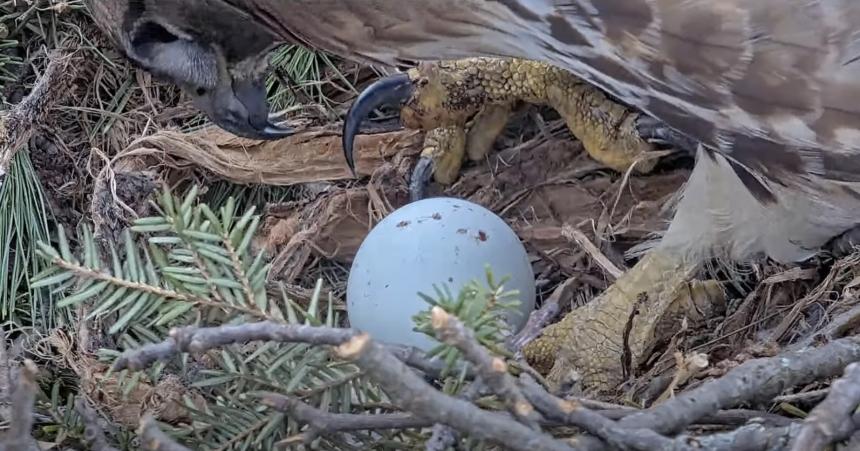
April 17, 2024
Cornell Lab of Ornithology staff have been working with wildlife veterinarians at Cornell’s Janet L. Swanson Wildlife Hospital to monitor Big Red, the beloved matriarch of the Red-Tailed Hawk Cam. Big Red appears to have sustained an unknown injury to her right foot.
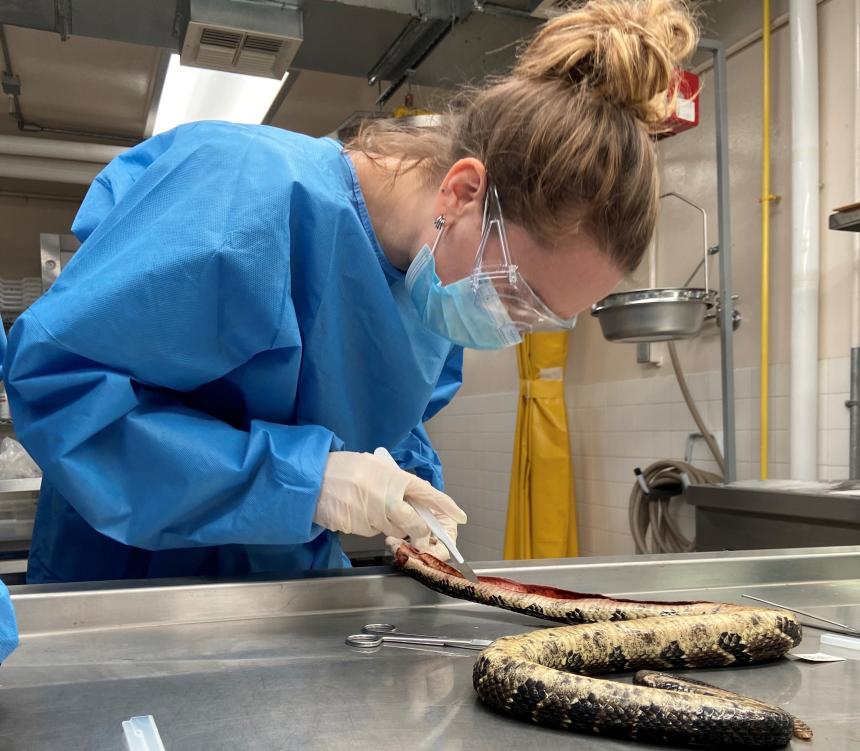
Blog
April 15, 2024
My role within the lab is a complex balancing act of time management, project and sample organization, and managing our case data stream. I guide incoming diagnostic case submissions, manage research project samples and submissions, and help facilitate educational activities like wet labs and symposiums....
